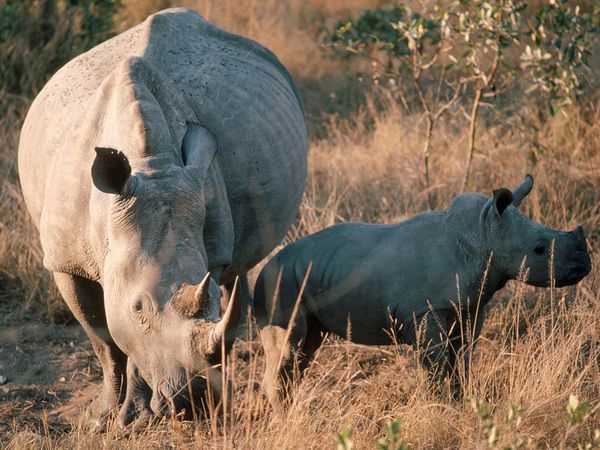The World Bank yesterday approved a $3.75 billion loan for a new coal-fired power plant in Limpopo, South Africa. Named Medupi, the 4,800 megawatt plant will draw on South Africa’s abundant sources of coal to provide power for an increasingly power-hungry nation. It will be one of the biggest coal-fired power plants in the world.
But who precisely will control and who will benefit from this power? What is the World Bank doing funding the fossil fuel industry to the hilt when we clearly have to make an immediate transition to sustainable energy sources?
These questions are particularly germane since the South African national power company, Eskom, took out substantial international loans during the early years of apartheid from 1951-1967 to build power plants that provided some of the world’s cheapest electricity exclusively to large corporations and whites, while saddling the country’s entire population with the significant debts associated with these loans. South Africa is still grappling with the debt of the apartheid era.
Admittedly, as a recent piece by Andrew Revkin on the “energy gap” and the climate crisis points out, access to energy is an increasingly important issue globally . As Revkin argues, the world’s growing population is already marked by yawning inequalities of access to energy supplies that might provide reliable sources of light at night and heat for cooking. Yet little research is being done to develop clean, sustainable sources of power. In fact, almost precisely the opposite is the case: according to a recent report by the Environmental Law Institute, the U.S. spent approximately $72 billion on subsidies for fossil fuels while supporting renewables with only $29 billion during the period from 2002-2008.
The World Bank decision on the loan to South Africa continues such unsustainable trends. Medupi will emit 25 million tons of carbon dioxide per year. Although the South African energy minister Dipho Peters argues that, with 25% of the country still lacking access to power, Medupi will fill a much needed demand. Yet such populist rhetoric obscures the fact that the majority of the plant’s power will benefit large, transnational corporations, many of whom had secret, apartheid-era agreements with the racist regime that completely shield them from costs associated with construction of the plant and repayment of the World Bank loan.
If local people are unlikely to benefit much from the power generated by Medupi, they will inevitably suffer from its dangerous side-effects. As with all coal-fired power plants, local air quality will decline, sulphur dioxide levels will skyrocket, and mercury residue in the area’s water, air and land will increase. According to Earthlife Africa, the plant would also be responsible for diminished access to water and land degradation in what was formerly a predominantly agrarian area. Anticipating these damaging effects, residents of Limpopo filed a complaint with the World Bank inspection team earlier this week, apparently to no avail.
Another justification for the project was articulated by World Bank vice-president for Africa Obiageli K Ezekwesili, who said recently that the project is vital for providing access to energy and fighting poverty. But, as Sunita Dubey from the activist group Groundwork argues, South Africa’s energy crisis is a product of sweetheart deals between Eskom and large corporations, which provide these large firms with some of the cheapest electricity in the world.
The approval of the World Bank loan, a vote from which the U.S., Great Britain, and the Netherlands all abstained from, is a huge defeat for South African and international climate justice movements. It is also a great setback for efforts to promote a shift away from unsustainable energy sources. Although it’s important to acknowledge that the will to power is likely to figure increasingly prominently in a world in which billions of people lack the most basic amenities of modernity, we cannot simply focus on producing more power. The Medupi defeat should underline the urgency of building a stronger global movement for climate justice, one that targets the unsustainable energy policies of institutions like the World Bank in the same way that the global justice movement targeted their unjust structural adjustment policies. Sustained critique of the World Bank’s history of flawed energy sector lending policies – as well as local activism to challenge the adverse impacts of such policies – should be high on the climate justice movement’s list of priorities.
 Rhinos are one of the oldest species of mammals on the planet. Brought back in from the brink of extinction in southern Africa, they are once again under grave threat.
Rhinos are one of the oldest species of mammals on the planet. Brought back in from the brink of extinction in southern Africa, they are once again under grave threat.